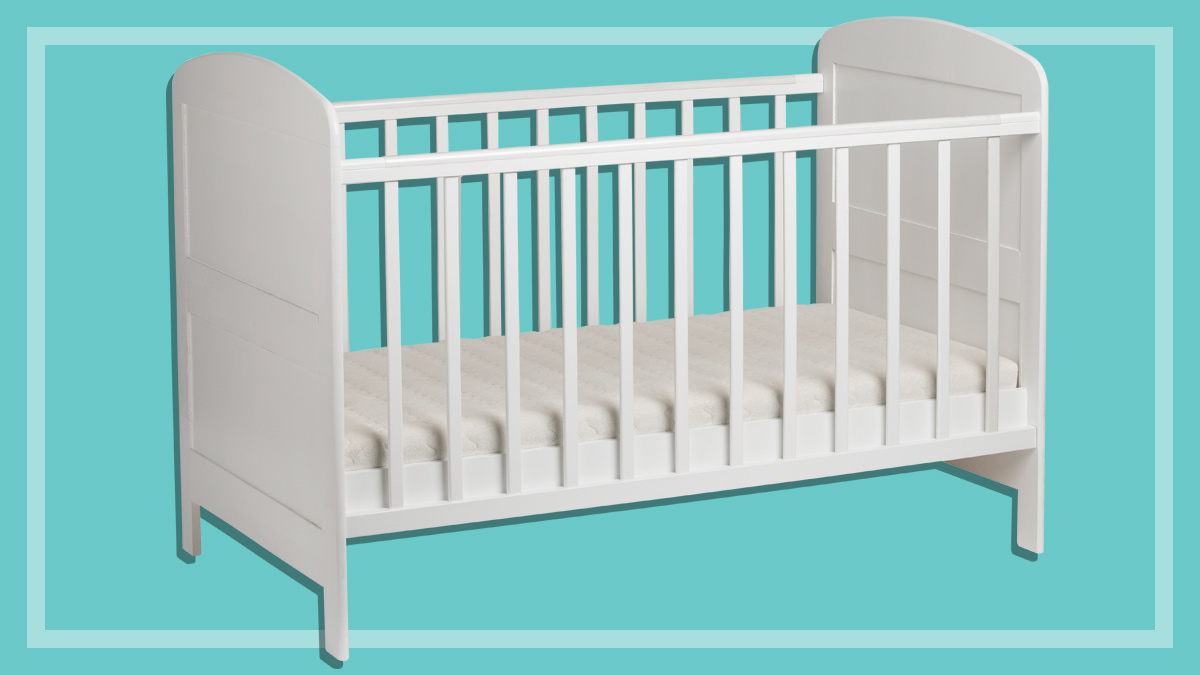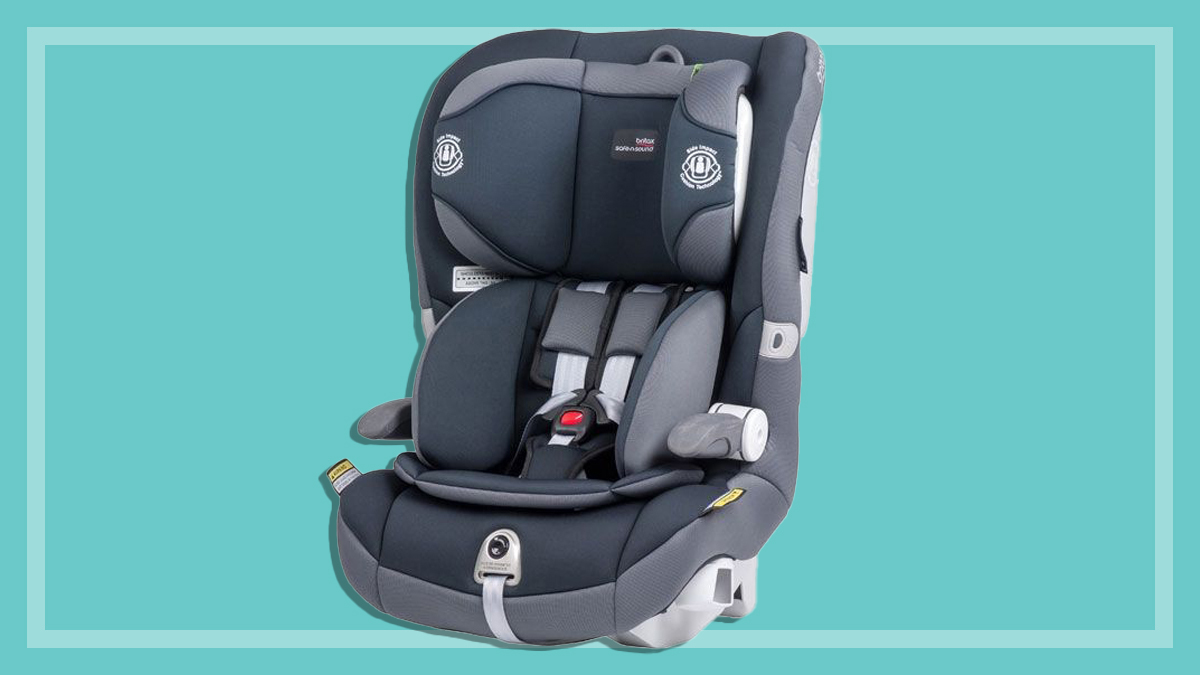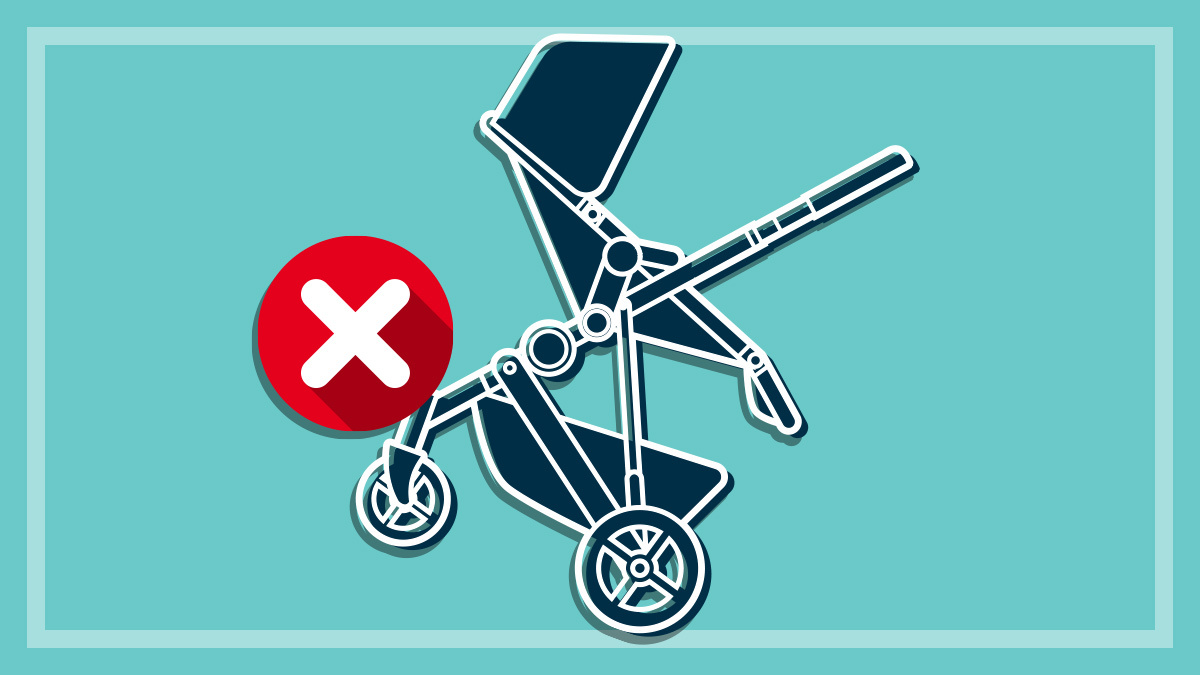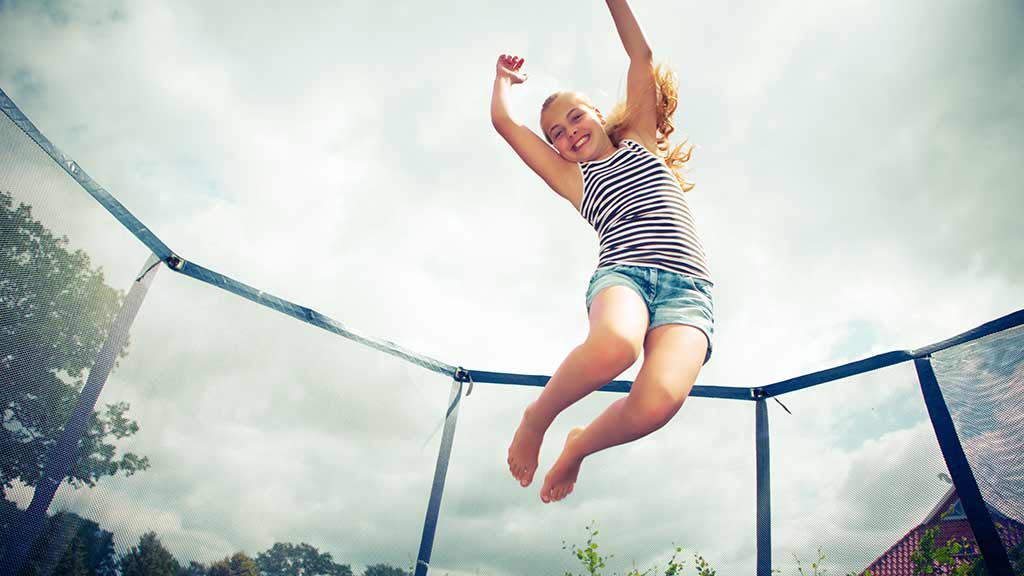Get our independent lab tests, expert reviews and honest advice.
Ten things not to buy your kids
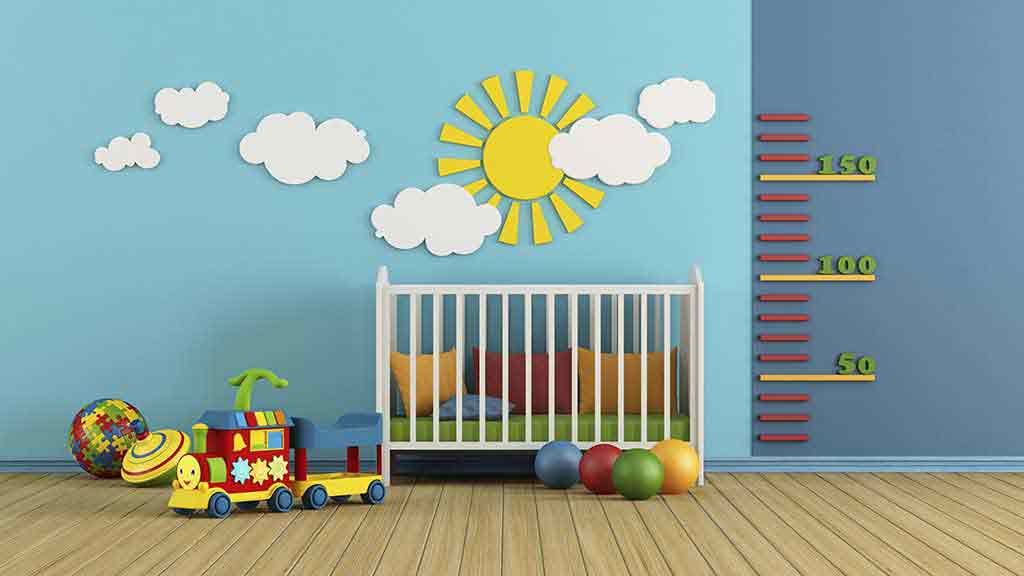
When you have kids, suddenly you’re bombarded by suggestions and advice, including friends and media insisting that this or that gadget or toy is a must-buy. But beware – some products designed for kids could do more harm than good.
We believe this list of products can pose a risk to your child’s safety. CHOICE doesn’t consider any of these necessary to your child’s development, and we recommend you think twice about buying any of them.
We don’t want to sound all doom and gloom-y, but it’s always better to be safe than sorry – particularly when it comes to your little bundle of joy.
Baby walkers
Basically a frame on wheels, a baby walker is a piece of play equipment designed to support a baby who’s not yet able to walk.
Because babies in walkers are much more mobile they can readily get themselves into dangerous situations, which can lead to serious injury – head injuries being the most common.
A series of studies in the 1980s and 90s uncovered serious risks to children using baby walkers. To reduce injury rates, a mandatory safety standard came into effect in February 2013 to regulate design, construction, performance, and labelling requirements for baby walkers.
We strongly discourage the sale and use of baby walkers. There’s no evidence that they help children to start walking sooner; in fact, they may even delay a child’s first steps.
Consider other products without wheels – such as playpens, play mats and play tables – that can entertain your baby. If you feel you must use a baby walker, look for a model that complies with the mandatory standard.
Baby bath aids
Allowing a parent to have two free hands while bathing their child may seem like a good idea, but babies have drowned using bath aids and bath seats.
Drowning can occur when the bath seat tips over, the child slips or rolls off, or the child becomes trapped in the seat openings when left unsupervised. It can happen quickly and even if the water is only a few centimetres deep.
Young children should never be left unsupervised in a bath, but these products give the illusion of security, and as a result carers feel able to take the risk of answering a phone call or racing into the next room to pick up a forgotten item.
A mandatory standard for baby bath aids, covering labelling requirements and packaging, was introduced following five known child drowning cases linked to these products between 2002 and 2005.
Bean bags
Children can choke if they inhale the small polystyrene beads contained in bean bags, and babies and young children are at risk of suffocation if placed on bean bags.
If you have any products with these beads, including bean bags, pet beds, bean-filled soft toys and pool bean bags, you should ensure that the filling isn’t accessible to children.
Toy boxes
Kids create mess and you want them to learn to clean it up, so what’s harmful about something as traditional as a toy box? Well, it’s simple – the lid.
Injuries and deaths have been recorded in Australia and overseas from toy box lids falling onto children’s heads or necks. Kids up to two years old are most at risk. Children can also become trapped inside.
Tips for making toy boxes safer
- Remove the lid. This is the safest option.
- Look for stoppers on the inside of the lid that make a gap of 12mm or more when the lid is closed.
- A box with ventilation holes allows air flow if the child climbs in and becomes trapped.
- A lightweight plastic crate is safer than a box with a heavy lid.
Cot frills, bumpers, pillows or quilts
A pretty cot with all the trimmings looks great in the pictures – but frills, bumpers, doonas, pillows and quilts all put babies at risk of suffocation. SIDS (Sudden Infant Death Syndrome) research indicates the safest cot for a baby has a firm mattress, a securely fitted sheet and blanket, and nothing else.
Projectile toys
Projectile toys, particularly suction darts in target gun sets, can be a choking danger to children and many are illegal. The projectile can also injure on impact. In 2004, 17 children in Western Australia alone required hospital treatment following injury from projectile toys.
Jolly jumpers
Baby jumpers, also known as “jolly jumpers”, hang from a door frame or tripod, supporting a baby that is not yet able to stand. The baby’s feet can then touch the floor allowing them to bounce up and down.
However, the door clamps can break, causing a baby to fall, and older children can cause harm by pushing the baby into the doorway.
Any toy, part of a toy or object small enough to fit into a film canister
Busy little fingers and developing minds like nothing better than exploring the world by pulling things apart and sticking them in their little mouths, but small parts can easily become lodged in a child’s airway and cause choking.
Marbles, pieces from board games, toy darts, loose buttons, coins, dolls’ eyes, bells, wheels, lollypops, small construction blocks, burst or uninflated balloons, and batteries are all items that have caused children to choke.
A good rule of thumb: if it fits into a 35mm film canister or is smaller than a ping pong ball, it’s a risk to an unsupervised young child.
Most trampolines
They can be fun exercise and help develop co-ordination and balance skills, but some trampolines are also the cause of many injuries to children, most commonly fractures and sprains to the arm.
Most injuries happen at home when children fall off or hit the side of some trampolines, but there are also risks for young children who can wander underneath and get hit when another child bounces above.
Trampolines need regular inspection and maintenance, and children under six should always be supervised – so unless you have a lot of time, you should think twice before putting one in your backyard.
There’s a voluntary Australian Standard for trampolines, but we think it should be mandatory. In our latest trampoline reviews only one product passed and was recommended.
Bunk beds
They’re great space-savers, particularly if you live in a flat or a small house, but bunk beds are also associated with significant injury rates due to falls, or children jumping from the top bunk during play.
We say you’re better off with a more crowded bedroom, but if you must have bunk beds, we recommend guard rails be permanently attached to the top bunk. And we don’t recommend bunk beds at all for children under the age of nine.
Child-specific products
There’s been a boom in products tailored to babies and toddlers. For almost every adult product there’s a “baby” or “child” version sitting next to it on the shelf, often with a higher price tag than the grown-ups’ version.
We’ve found many of these products are simply unnecessary. In particular, we recommend you ignore baby- and toddler-targeted:
- moisturisers and body wash
- shampoos
- sunscreen
- milk
- juice
- snacks.

